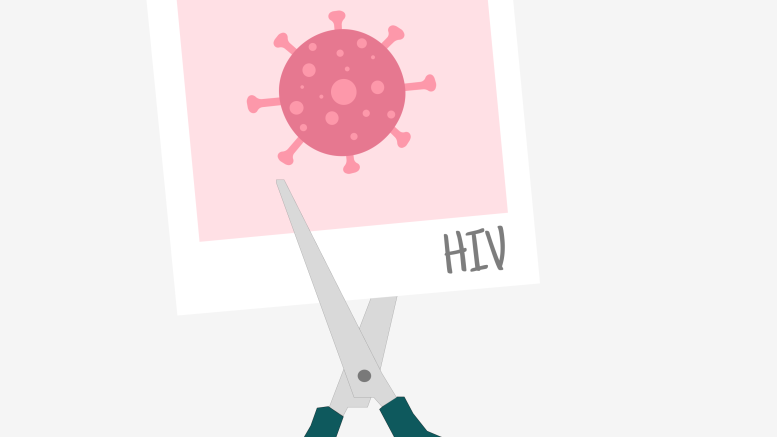For over four decades, Stephen Moses has been on the frontlines of global health research, weaving a career that spans continents, pandemics and transformational public health breakthroughs. From Kenya to India to Winnipeg, Moses has dedicated his life to tackling some of the world’s most urgent and under-resourced health crises — most notably, the fight against HIV/AIDS.
“I’ve been working in global health since about 1980,” Moses said, now a professor in the U of M’s Max Rady college of medicine. “You can see impact very quickly with that kind of work. It’s very gratifying. […] I think it’s appreciated in its importance — importance to the people, the programs and the countries in which we work.”
In the early years of HIV research in Kenya, Moses and his colleagues noticed that circumcised men had consistently lower rates of infection.
“Even when you control for other factors like other sexually transmitted infections or other behaviours, [circumcision] always came out as an important factor,” Moses said.
At first, their theory was met with skepticism.
“It was something that people just didn’t believe for a long time,” Moses said, citing doubt from major international organizations including the World Health Organization (WHO) and the Joint United Nations Programme on HIV/AIDS (UNAIDS). “There was this feeling that there was something that was missing.”
Determined to investigate further, Moses and his team eventually secured funding to launch a randomized clinical trial in Western Kenya. The study, involving hundreds of men aged 18 to 24, was designed to test whether circumcision had a direct effect on HIV infection rates.
The results were “staggering.”
Men who were circumcised had a 60 per cent lower risk of acquiring HIV compared to those who were not — a level of effectiveness rarely seen in biological interventions.
Additional trials in Uganda and South Africa yielded virtually identical outcomes. By 2007, the evidence was clear enough that the WHO and UNAIDS issued a joint recommendation supporting voluntary male circumcision as part of a comprehensive HIV prevention strategy.
Today, more than a dozen countries in Eastern and Southern Africa, where circumcision was not traditionally practiced, have integrated it into their national HIV programs.
“People have tried to ascertain whether there’s less HIV since circumcision was adopted by these countries, and in fact, there has been,” Moses said. “There’s really no other good explanation for it. So, the practice continues now, and all those countries now have fairly strongprograms which offer circumcision to young men and boys.”
While the link between circumcision and HIV is among the most widely cited aspects of his work — garnering coverage in major outlets such as Time Magazine and The Guardian in the early 2000s — Moses’s research extends far beyond this.
Much of his work focuses on improving health outcomes for marginalized populations, such as sex workers, men who have sex with men and people who inject drugs. Moses emphasized that these communities experience disproportionately high rates of HIV, increased vulnerability to disease and limited access to health care. Whether in Canada or Africa, these populations are often socially and structurally marginalized, indicating the urgent need for targeted support and intervention.
“What we find is that once they get a little bit of support and knowledge and are empowered to take control of their situation, they do really well,” he said. “They become advocates, and they rapidly improve their own health and also work on improving the health of their friends and colleagues.”
Now based in Winnipeg, Moses continues to contribute to global and local health initiatives through the U of M’s Institute for Global Public Health. His recent projects have explored health equity and access to care, including international studies on HIV, human papilloma virus and other sexually transmitted infections.
Moses’s legacy is defined not only by landmark discoveries but by sustained efforts to translate evidence into action, working across borders and disciplines to improve health outcomes for communities that are too often overlooked.


